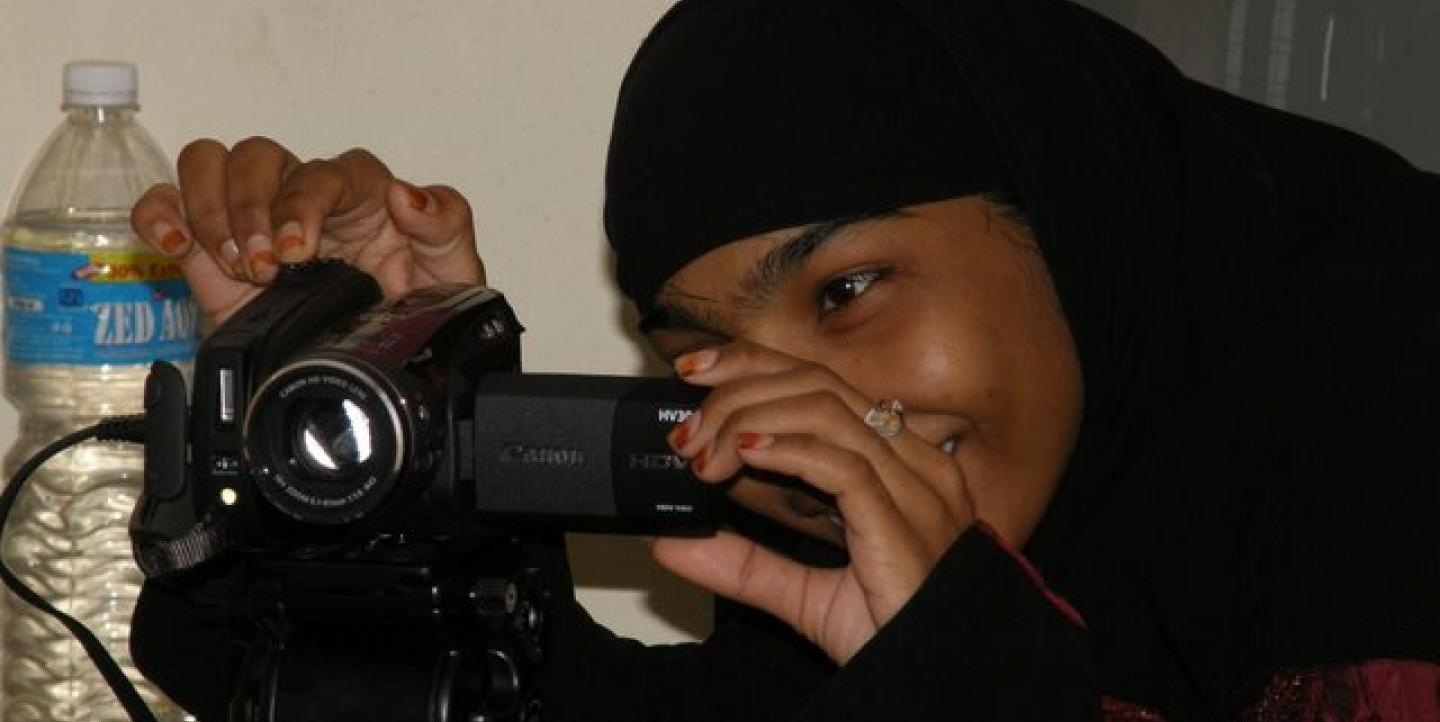Video Volunteers, a human rights NGO founded in 2003, is introducing social media to amplify the voice of its participants.
The organization raises awareness about the world’s obscure and underprivileged areas by training citizens to report on pressing social issues using community media.
Its IndiaUnheard initiative has community correspondents dispersed across 24 Indian states and it has seen the effects of this bottom-up approach in domains including LGBT life, water supply, education and medical care.
In a Q&A with IJNet, Jessica Mayberry, Video Volunteers founder and Siddharth Pillai, communications manager for the group, discuss the training process, bringing new media to rural areas and current projects.
IJNet: How do you find and select community correspondents?
SP: The call for nominations is sent out through email, Facebook, Twitter, various online forums to a network of NGOs, activists and other individuals who are encouraged to nominate acquaintances and collaborators who meet the criteria for selection. Once the deadline for nominations has passed, the applicants are interviewed via phone by our project coordinators.
JM: We have a deep NGO network in India. But there is a challenge to identifying community media producers across the country, when you are located in one place (in our case, Goa.) So in the future we plan to start expanding our network regionally - focus on areas that the media ignores.
IJNet: What does the training process entail?
SP: The social media training is basic. Most of the correspondents are from remote and most marginalized parts of the country and society. Some even lack familiarity with the computer. An outline of the training is listed below.
Social Networking Topics: · Facebook · YouTube · Free SMS
-
Introduction to Social Networking – why? Explain to the participants briefly that social networking does the following things. It connects people and builds communities online...
Say why it is important for community media: · Our videos can be watched from anywhere in the world for free · We can promote our videos on multiple forums · We can tell people about current programs, events, news (for instance the Newsx program) · We can gain a following or a fan base who will support us - Show the participants how to get to these sites on the Internet. Facebook and YouTube, Way2SMS
IJNet: What type of equipment is given to the community correspondents?
SP: Community correspondents are given a Kodak Zi8 camera with basic accessories and a toolkit on community media. They are paid Rs. 1300/- per video (about US$30) which includes the cost they incur for accessing internet and burning DVDs of their footage from their local internet parlor.
JM: At the moment, we don't give them computers and so we do the video editing, according to their script.
IJNet: What are the community correspondents up to now?
SP: Other than their regular videos, they are currently working on a climate change campaign in collaboration with the NGO Laya, on the UNDP video project One Day on Earth and a campaign against illegal evictions in the North East in collaboration with WITNESS.
For more on Video Volunteers, click here

